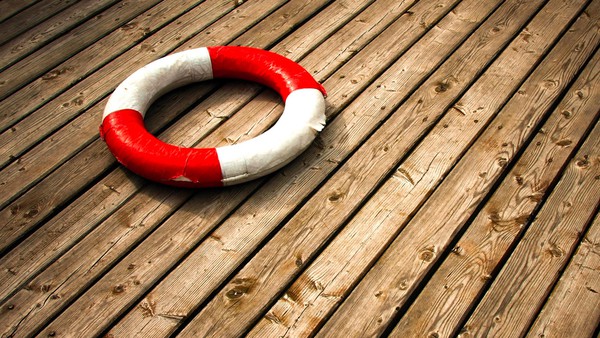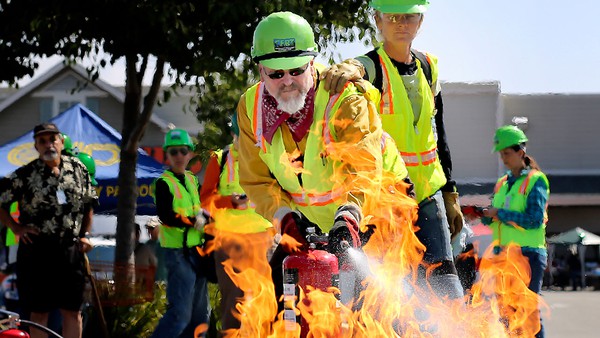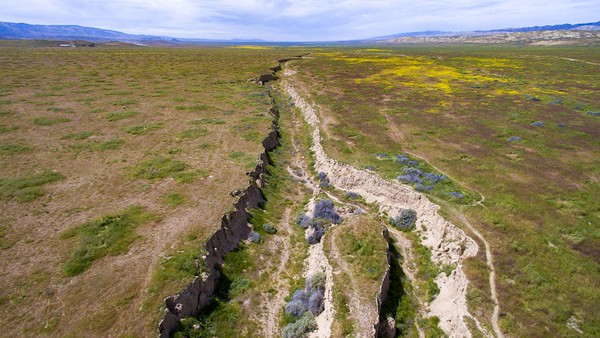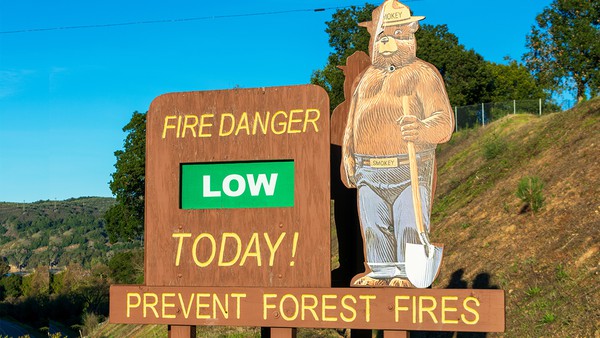Pessimists and optimists—they’ve no doubt been coexisting since Homo sapiens became a thing. A good thing or a bad thing? Depends on what side of the spectrum you occupy. And it is a spectrum—from full-on cheermonger to full-time worrier, with cautious optimists and hopeful pessimists in the middle.
Both traits have evolutionary value. The optimist was sanguine enough to leave the security of the trees in search of better food. The pessimist kept a close eye out for predators.
Researchers have found that being optimistic helps individuals be more resilient when times are tough. And resilience—the capacity to recover quickly from difficulties—is an important concept for us at California Local—one of the two dozen-plus topics we regularly explore.
Pessimism also has its value. Glass-half-empty types are more apt to worry about the future, identify obstacles and think about how to overcome them. This phenomenon, called defensive pessimism, is marked by low expectations and a predilection toward imagining worst-case scenarios. Combined with productive action, defensive pessimism can lead one to be better prepared for adversity.
Wherever we fall on that spectrum, one thing is certain: We all need to consider the likelihood that some day, in some way, we’ll be confronted with a disaster. Fire, flood, earthquake, snowmageddon—take your pick.
The end of the week marks the beginning of September, which is National Preparedness Month. (Side note: Sept. 2 is when the last episode of Five Days at Memorial drops on Apple TV—a riveting look at just one of the humanitarian crises that followed in the wake of Hurricane Katrina.) All of us, optimists and pessimists alike, have a role to play in helping our community be ready in case of a true emergency. Below are a few productive ways to be prepared.







